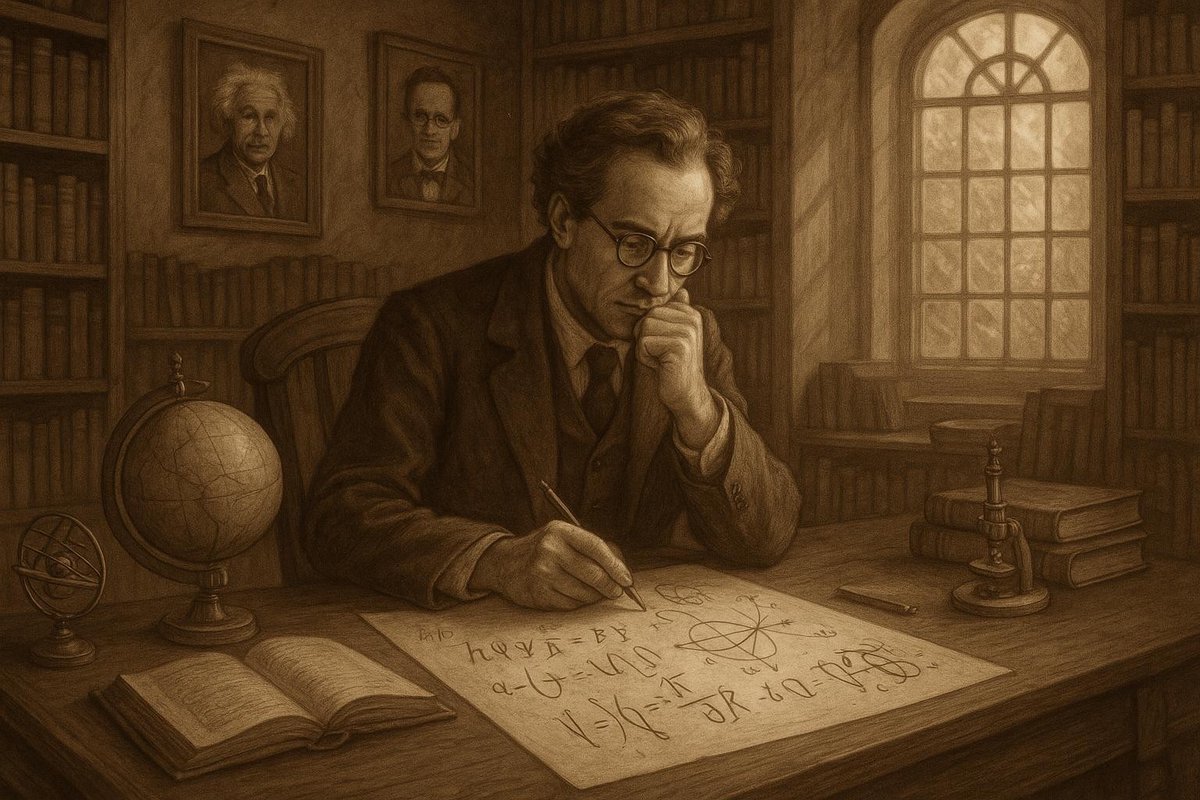
Unpacking the Question: What Is Truth in Physics?
What is truth in the realm of physics? At first glance, it might seem as straightforward as the laws that govern our universe. But delve deeper, and you’ll find that truth in physics is a tapestry woven with threads of wonder, humility, and shifting perspectives. Consider the behavior of light — is it a wave, or is it a particle? Remarkably, it is both, depending on how we observe it. This duality challenges our understanding, urging us to question the very fabric of reality.
- Before quantum mechanics, classical physics viewed light as a wave, aligning with the work of Huygens and Maxwell.
- Enter Einstein and the photoelectric effect, which suggested light behaves as particles — photons.
- This revelation required a paradigm shift in our understanding of the natural world.
The real question then becomes: how do these scientific discoveries alter our perception of truth? The historical context, driven by groundbreaking thinkers and technological advancement, laid the foundation for such revolutionary insights.
Surprising Facts: The Mysteries of Quantum Reality
Interestingly, the quantum realm is brimming with anomalies that challenge our intuitive grasp of truth. Many people believe that, at the smallest scales, reality becomes fundamentally unpredictable. As time goes on, we’re faced with new questions: Is the universe inherently chaotic, or is it our understanding that is incomplete?
- Consider Schrödinger’s cat — a thought experiment illustrating a cat simultaneously alive and dead, depending on observation.
- This paradox reflects the strange reality of superposition.
- Quantum entanglement further mystifies, where particles remain interconnected regardless of distance.
The implications extend beyond science, stirring debates about free will, determinism, and the nature of consciousness. The social and cultural milieu of the early 20th century, marked by rapid technological and philosophical shifts, was a fertile ground for these ideas to flourish.
What Science Says: Bridging Theory and Reality
Of course, science seeks to bridge the gap between theory and observable reality. Physicists, through experimentation and mathematical rigor, unravel the mysteries of the universe, turning abstract theories into tangible truths.
- Experiments with particle accelerators affirm the predictions of quantum theory, providing glimpses into the subatomic world.
- Technological advances, such as the Large Hadron Collider, allow us to probe deeper into the nature of matter.
- Yet, the reconciliation of quantum mechanics with general relativity remains elusive, prompting new theories like string theory.
What does this mean for us? The pursuit of truth in physics is a journey, not a destination. Each discovery nudges the boundaries of what we know, revealing new horizons of inquiry. As Richard Feynman reflected, “I think I can safely say that nobody understands quantum mechanics.” This acknowledgment highlights the humility inherent in scientific exploration.
What It Means for Us: A Philosophical Reflection
What does this ever-evolving concept of truth in physics mean for humanity? It invites us to reflect on our place in the cosmos and the limitations of our understanding. As we grapple with complex theories, we learn that truth is not a singular, static entity. Instead, it’s a dynamic interplay of observation, interpretation, and belief.
- Our perception of reality is constantly redefined by scientific progress.
- Philosophically, it challenges us to accept uncertainty and embrace ambiguity.
- These insights encourage a humility that is essential for growth and innovation.
The journey through physics and philosophy is a testament to the human spirit’s curiosity and resilience. By embracing the unknown, we open ourselves to new possibilities and a deeper appreciation of the universe’s complexity.
In conclusion, the exploration of truth in physics serves as a mirror reflecting humanity’s quest for understanding. As we unravel the mysteries of the universe, we’re reminded of our own limitations and the boundless potential of human thought. The dialogue between science and philosophy continues, guiding us toward a richer comprehension of reality.
Fuel Someone Else’s Curiosity
If this exploration stirred your curiosity, share it with others! Engage in conversations that challenge assumptions and expand perspectives. Let’s foster a community of thinkers, dreamers, and explorers, united in the pursuit of knowledge and truth. Remember, every question is a doorway to discovery.

Leave a Reply